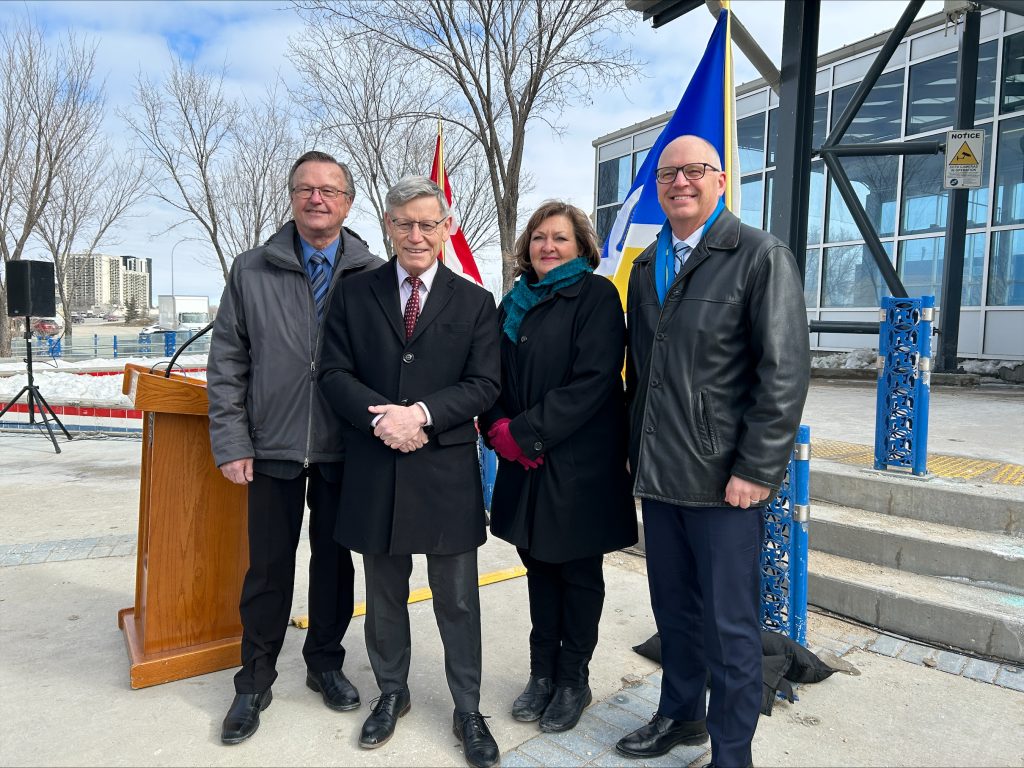New and improved transit system is on it’s way to Manitoba

Posted March 5, 2025 3:35 pm.
Last Updated March 5, 2025 9:38 pm.
A new and improved transit system is on its way to Manitoba. Through the Canada Public Transit Fund, the federal government has invested $120 million to upgrade and replace transit infrastructure in Winnipeg, Selkirk, and Brandon.
“We’re taking the important steps to transform Winnipeg transit to the kind of service we need for the future of our city,” said Mayor Scott Gillingham.
The multi-million dollar investment will begin in 2026 with $12 million being distributed annually until 2036. Of that amount, Winnipeg will receive $11.5 million with the rest going to Selkirk and Brandon.
“This long-term funding will modernize transportation systems, support growth, rehabilitation, and replacement of critical infrastructure,” said Terry Duguid, Canadian Minister responsible for Prairies Economic Development.
With the launch of Winnipeg’s largest transit network in 70 years set for the end of June, the city says this funding couldn’t come at a better time.
“Over the next decade this funding will assist the city of Winnipeg roll out this new network and modernize transit and keep our system advancing as our city grows,” said Gillingham.
Janice Lukes, the City Councillor for Waverley West Ward, adds, “They’ve ordered 8000 signs to be put up on the new routes so there’s an awful lot of infrastructure that comes with building a network.”
Mayor Gillingham says transit riders have been telling them they need better connections to jobs, schools, and services for years and says this funding will allow them to provide a system the community can count on.
“This network will be built so that it is more frequent, more reliable, and better connected to the place that people need to go,” said Gillingham.
Duguid adds, “Whether you take the bus or drive; less congestion, shorter commutes, more options, that’s how cities work.”








